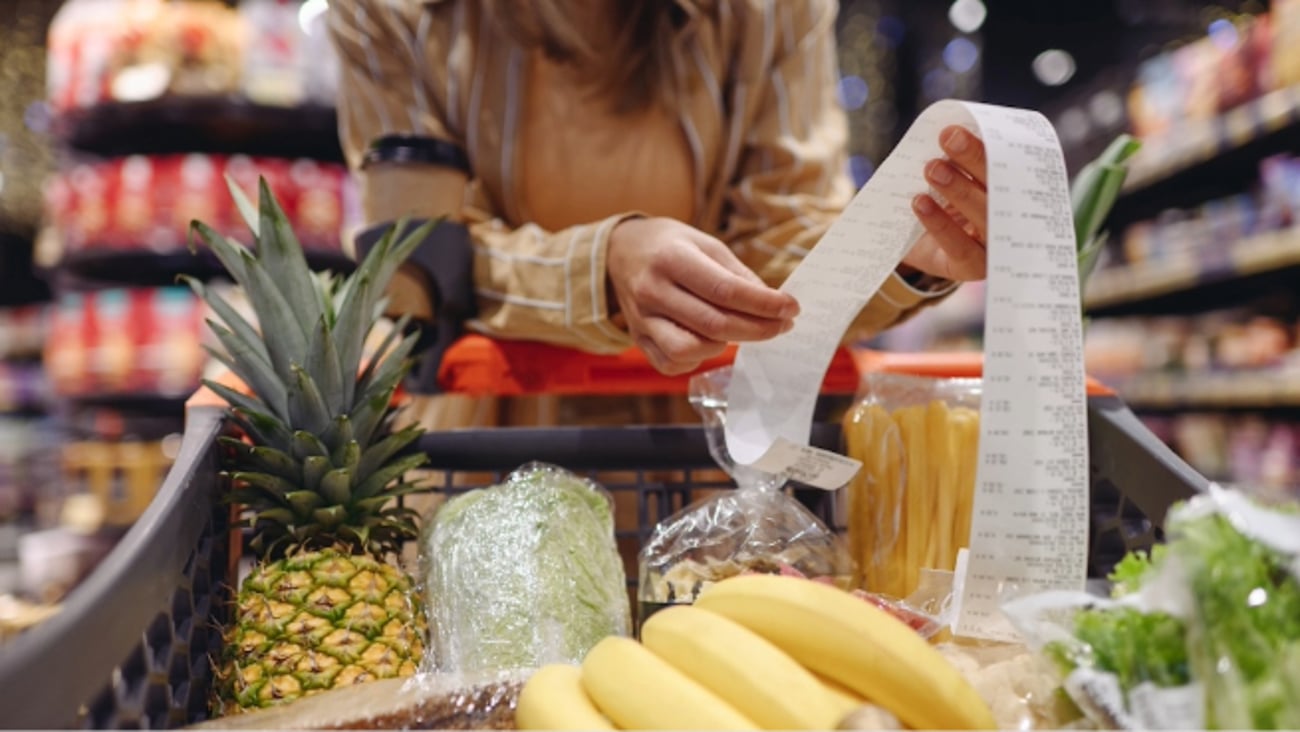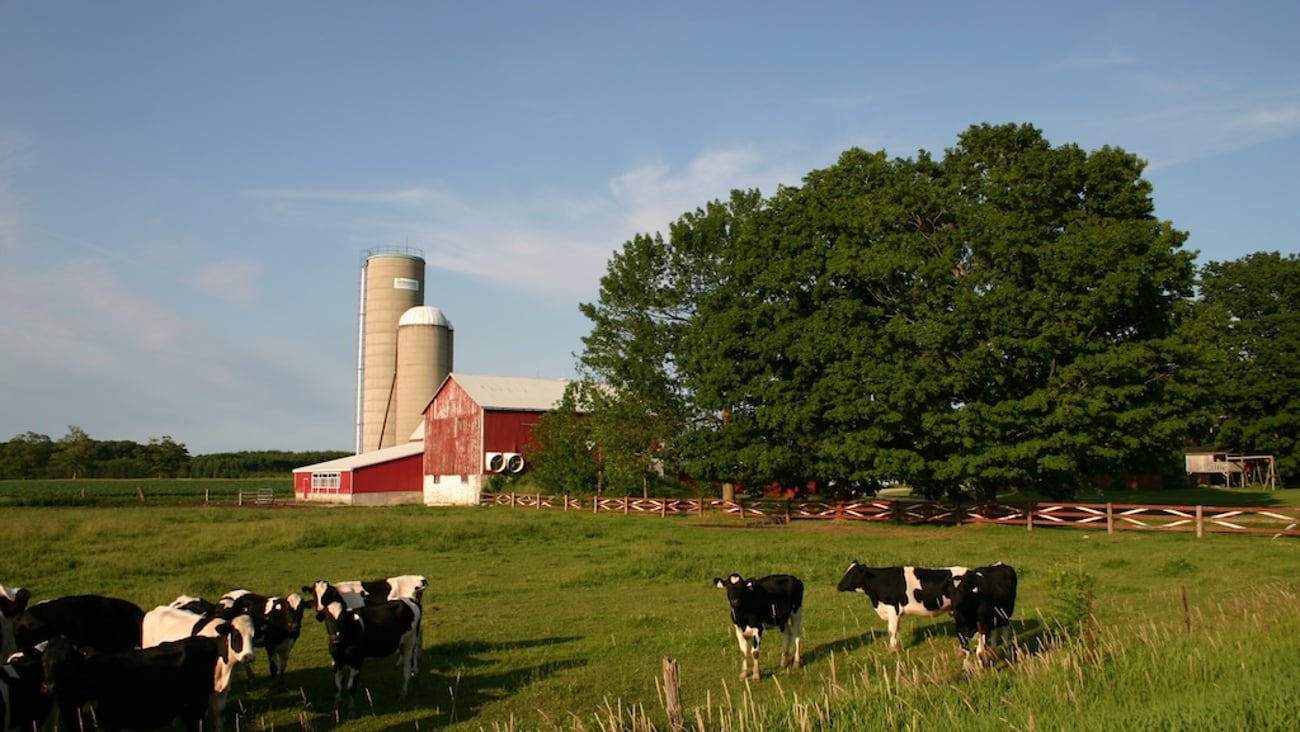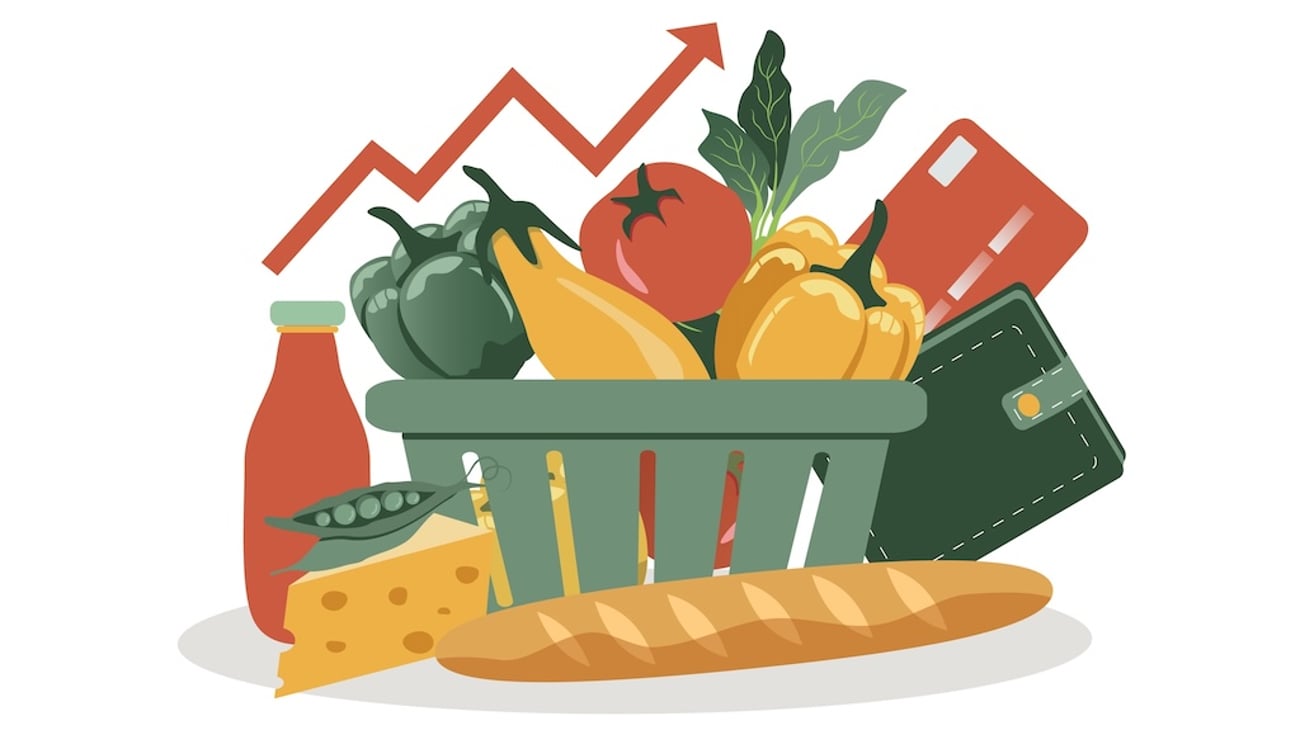Canada's growing food insecurity issue
StatsCan confirmed what most of us already know: Canada is becoming a hungrier place.
According to a survey conducted by the federal agency in May, almost one in seven (14.6%) Canadians indicated they lived in a household where there was food insecurity in the past month. In 2017-18, a similar survey was conducted and 10.5% of households in Canada felt food insecure.
StatsCan results were consistent with a survey conducted by the Agri-Food Analytics Lab at Dalhousie University around the same time, which found 61% of Canadians felt they had enough food and did not consider access to food an issue. That sentiment was at 72.6% last year, a drop of more than 12%. Alberta saw the largest drop between the two periods at 21.2%. More than 4.1 million Canadians now see access to affordable food for survival as a challenge, compared to a year ago. These are massive numbers. And chances are, the situation may get worse by the time this pandemic is over.
Most surveys will likely continue to point to a changing Canadian food security landscape. The hyper sentiment of food security is largely because many have lost their jobs and most of us face a future overflowing with uncertainty. More than 8 million Canadians applied for the Canada Emergency Response Benefit (CERB), which will eventually come to an end. More than $52 billion has been paid out to Canadians so far. That is a third of Ontario’s entire budget.
What will likely make matters worse are food prices. The current food inflation rate is at 3.4% and could reach 4% by year’s end. The food inflation is likely to be much higher than the typical 1.5% to 2.5%. Costs to produce, process, and distribute are all increasing. Physical distancing, personnel turnover, training, double shifts, the use of personal protective gear, equipment modifications, and an increase in the use in automation are all factors contributing to cost increases. To get food to market, companies across the supply chain will need to charge more, full stop.
Grocers may be reluctant to pass on these extra costs to consumers, but eventually they won't have much of a choice. Here is why: It is assumed that food companies face individual distribution challenges, but this isn't entirely accurate. COVID-19 has affected the entire system the same way, at the same time. In this context, companies are facing the same challenges, and grocers know that.
The macroeconomic backdrop of this are deflationary pressures that are affecting many other aspects of our economy. Many things are getting cheaper. StatsCan noted that our general inflation rate is currently at -0.4%, a drop of 0.2% from the month before. Clothes, footwear, education and transportation, are many components of the consumer price index that are dropping. Some say consumers are spending less on certain things and thus will have more means to spend on food. Not really.
In the past, grocers have had to deal with a market in which food prices were much higher than the general inflation rate, but nothing like this. COVID-19 proved a simultaneous supply and demand shock, which has never happened before. With lower prices everywhere, expectations will shift and will lead to more frugality in the marketplace. Current market conditions suggest there is less cash in the market. Grocers, other food retailers and restaurants will have to fight to maintain market shares while dealing with higher costs. Fewer stores and fewer SKUs in stores is a likely scenario. There are some investments being made in e-commerce by many players, from farmers to processors to grocers, to help make the entire supply chain much more democratic.
To offset the effects of a higher-than-usual food inflation rate in a deflationary environment will be our grocers most significant challenge. However, some analysts predict our deflationary phase is only momentary and prices should get back into their inflationary groove within months. As people return to work, there will be more money in the economy, and hopefully an inflation rate that we can all afford. It is the only way to make Canada feel less food insecure.




